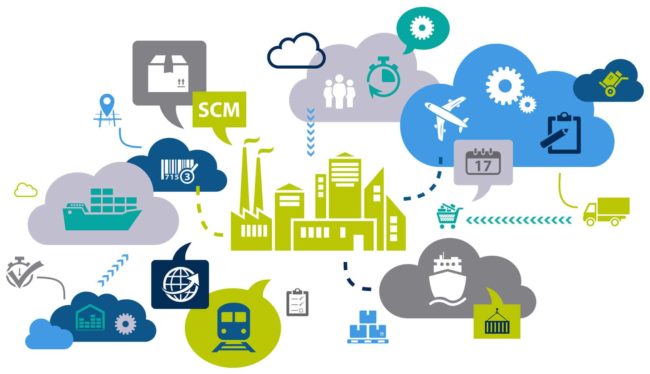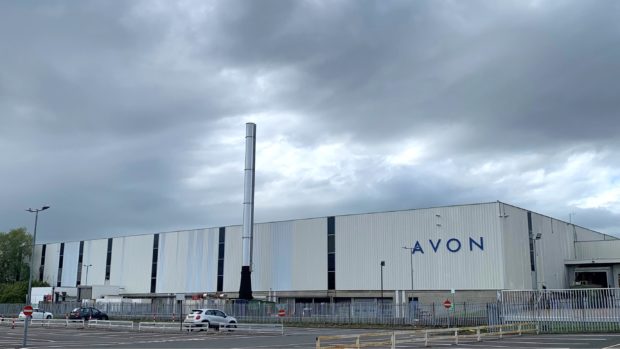
New research from Reuters Events Supply Chain in partnership with Blue Yonder reveals the priority strategies and investments for supply chain execution and risk management within transportation and warehousing. Following a year of intense changes in the logistics industry, The State of Supply Chain Execution Report 2021 analysed the anonymous responses of supply chain professionals and found that the COVID-19 pandemic, customer centricity, rising eCommerce complexity and costs, need for Direct-to-Consumer (D2C), and the risk of financial peril are propelling retailers, manufacturers and logistics service providers (LSPs) to digitally transform.
eCommerce and D2C Volumes Skyrocket
eCommerce shows no signs of slowing down. Companies looking to capitalise on the omnichannel opportunities created by increased online-order volume over the last 18 months are prioritizing more agile delivery and fulfilment models, like D2C:
Retailers’/manufacturers’ online sales increased more than 120 per cent over the past year. LSPs have seen eCommerce volumes explode, reporting a 200 per cent increase compared to 2019-2020.
“As the economy transitions to a post-pandemic environment, retailers, manufacturers and LSPs are transforming their transportation and broader supply chain operations to address their most pressing supply chain challenges,” said Raj Patel, senior director, 3PL Industry Strategy, Blue Yonder. “In the long term, investment in execution systems like Transportation Management Systems (TMS) and Warehouse Management Systems (WMS), as well as end-to-end visibility, automation, and cloud strategies will help them – and their customers – build more sustainable, resilient and agile organizations for the future.”
Pandemic Prompts Reevaluation of Supply Chain Risk Management
From constraints on raw materials, to labour shortages, to growing cybersecurity threats on distributed networks, pandemic-related challenges have shifted supply chain risk management priorities: Respondents are hesitant to pursue near/onshoring plans, with only 29 per cent of retailers/manufacturers making an investment. 63 per cent of retailers/manufacturers stated that dual-sourcing was a favoured strategy for risk management moving forward. Constraints on the availability of raw materials caused supply side disruptions, even for those with distributed manufacturing facilities. Environmental concerns are also being considered when planning for supply chain risks. Over half (53 per cent) of retailers/manufacturers and half (50 per cent) of LSPs plan to invest in sustainability as a strategy for risk management.
Companies Prioritise Digital-First Practices and Technology Investments
With the growth of eCommerce, investment in modern supply chain technologies and new approaches have become essential for businesses to keep pace with shifting trends and customer expectations. The report found that there are various factors driving investment in supply chain technologies and digital-first practices: LSPs cited the pressure to reduce supply chain costs (58per cent) while also improving service levels for their retailer customers (48 per cent) and dealing with labour shortages (30 per cent).
In the current supply chain environment, companies are moving away from legacy systems and prioritising technologies that enable visibility for customers and their operations, automate processes and support enterprise agility. 63 per cent of retailers/manufacturers and 60 per cent of LSPs agreed that end-to-end visibility is currently yielding the highest ROI in their supply chain execution process. Roughly half (48 per cent) of retailers/manufacturers and more than half (57 per cent) of LSPs have a robust cloud strategy in place, helping to create high levels of infrastructure agility that on-premise, legacy technology systems can’t achieve.
“In the current supply chain environment, companies need good visibility into their transportation/ freight and partners that help them operate in a very agile, resilient manner. Knowing this, we’ve been investing in technology that provides good visibility for customers and their operations; tools that support enterprise agility; supply chain automation solutions; and zero-trust IT security tools. Combined, these technology solutions help our customers address their most pressing supply chain challenges while also helping them build stronger, more resilient organisations for the future,” said Richard Ebach, CIO Americas, DB Schenker.








Share